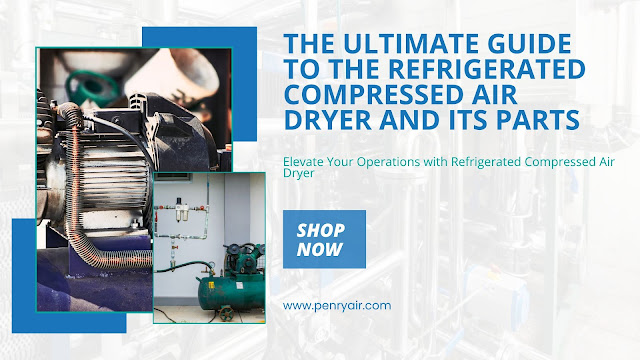Unlocking the Power of Air Compressor Parts - How Can They Benefit You?

When it comes to enhancing your workspace or boosting the performance of your pneumatic tools, there's no denying the importance of reliable air compressor parts. Whether you're familiar with the world of air compressors or just dipping your toes into it, this blog provides valuable insights. We'll explore renowned brands like Cummins Filtration, Chicago Pneumatic, and Carver Pump and shed light on Omaha Pneumatic Air Compressor Parts and the versatile Balcrank Control Handle. Let's dive in and discover how these components can take your projects to the next level. Why Are Air Compressor Parts Essential? Before delving into the specifics, let's understand why air compressor parts play a crucial role in various industries and applications. Here's a glimpse of their significance: Efficiency Boost : Upgrading or replacing worn-out parts can significantly enhance your air compressor's overall efficiency and performance. Cost-Effective : Instead of investing in...








